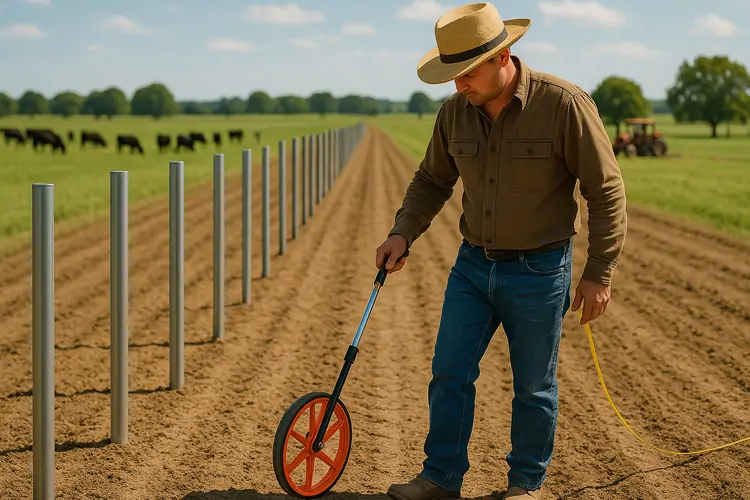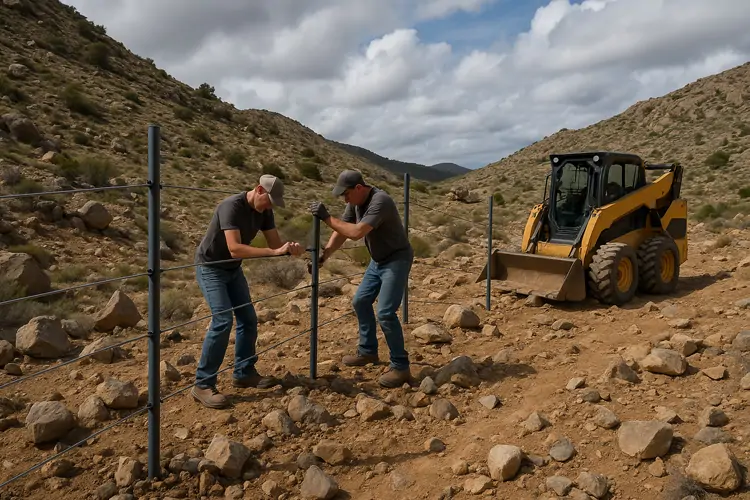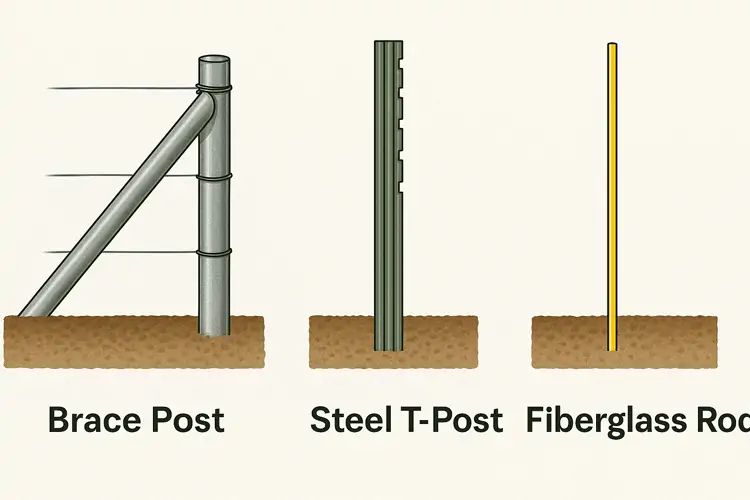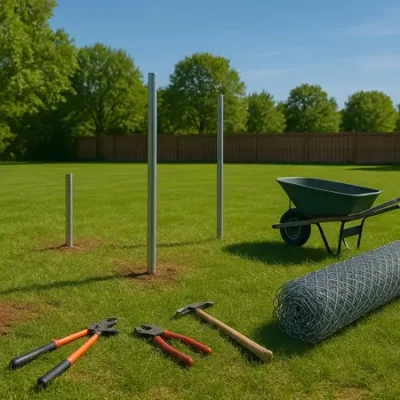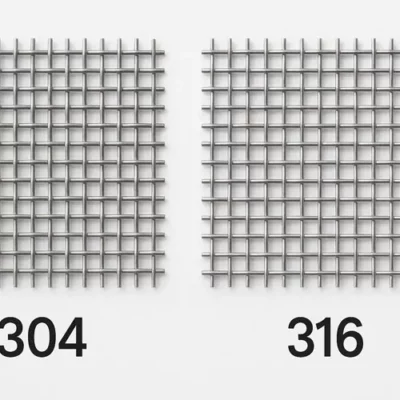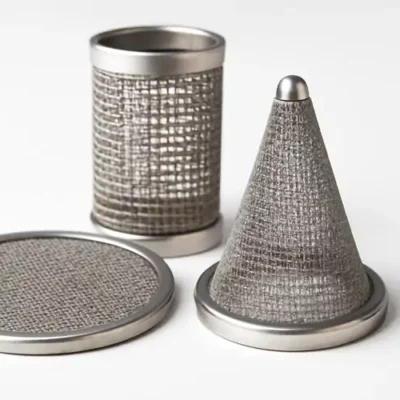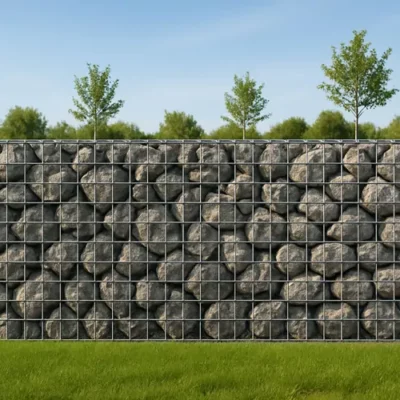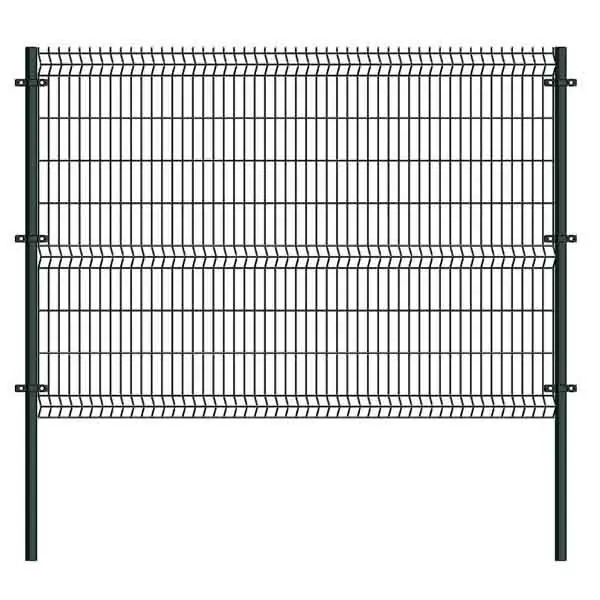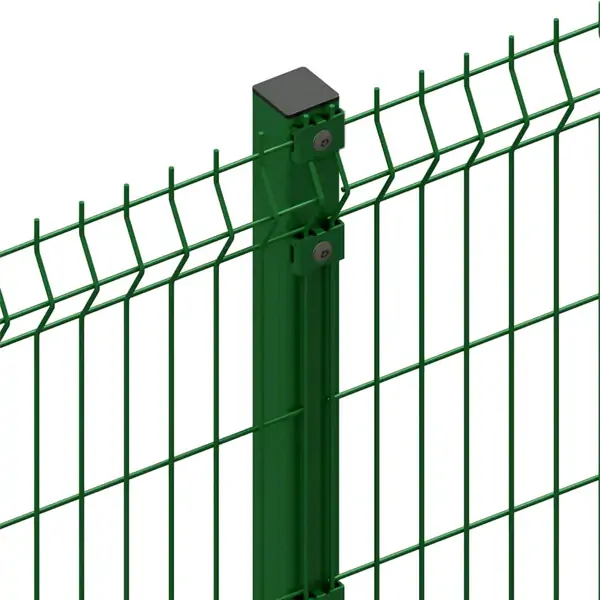Whether you’re a seasoned farmer or a DIY enthusiast planning your first fence installation, fence post spacing is one of the most crucial factors that determines the durability, cost, and functionality of your fence. Get it right, and your fence will stand strong for years. Get it wrong, and you could face sagging wires, increased maintenance costs, or even security issues.
In this comprehensive guide, we’ll cover everything from standard post spacing by fence type to real-world considerations like terrain, livestock, and post materials.
Table of Contents
ToggleWhy Fence Post Spacing Matters
The distance between fence posts isn’t just a measurement — it’s the framework of your entire fence. Proper spacing provides:
-
Structural strength
-
Better tension distribution
-
Cost-efficiency (fewer posts if spacing is optimized)
-
Longer fence life
Incorrect spacing can lead to:
-
Fence sagging or collapsing
-
Wasted materials
-
Additional repair or replacement costs
Standard Fence Post Spacing by Fence Type
Fence type plays a major role in determining how far apart your posts should be.
| Fence Type | Recommended Spacing | Purpose |
|---|---|---|
| Barbed Wire | 12 to 20 feet | Cattle, perimeter fencing |
| Woven Wire | 8 to 12 feet | Sheep, goats, and smaller stock |
| Electric Fence | 20 to 30 feet | Temporary or low-tension fencing |
| Horse Fence | 8 to 10 feet | Safety and visibility |
| Deer Fence | 15 to 20 feet | High fence to deter jumping |
6 Real-World Factors That Affect Fence Post Spacing
1. Terrain and Soil Conditions
Flat land allows for wider spacing, while uneven or sloped terrain may require tighter spacing to maintain stability.
2. Soil Type
Loose or sandy soil doesn’t hold posts well, requiring them to be closer together or deeper in the ground.
3. Fence Height
Taller fences need stronger support to withstand wind load, meaning closer post spacing is often necessary.
4. Livestock Type
Heavier or more aggressive animals like cattle or horses may push on fencing, so shorter spacing adds strength.
5. Climate and Wind
If you’re in a windy area or a region with heavy snow, use shorter spacing and stronger bracing.
6. Fence Material
Steel T-posts, wooden posts, and concrete posts each support different levels of weight and tension.
How to Plan and Lay Out Your Fence for Optimal Spacing
Planning is everything. Before you dig a single hole, follow these steps:
1. Define Your Fence Line
Use stakes and string to define where your fence will run. Include corners and gate openings.
2. Mark Post Positions
Start with the end, corner, and gate posts — these are your brace posts. Then measure and mark intermediate posts based on spacing requirements.
3. Use a Measuring Wheel or Tape
Keep measurements accurate. Inconsistent spacing leads to uneven tension and sagging wires.
Choosing the Right Fence Posts
Brace Posts
These are the foundation of your fence — placed at corners, ends, and gates. Usually made of wood or concrete, they’re set deeper in the ground (up to 4 feet) and braced with horizontal rails or diagonal wires.
Line Posts (T-Posts, Wooden, or Steel)
Used for intermediate support. Depending on terrain and fence type, these can be spaced from 8 to 20 feet apart.
Fastening the Fence Wire
Once the posts are set:
-
Attach wire starting from a brace post.
-
Maintain tension as you secure to each line post.
-
For electric fences, insulators are needed on T-posts.
-
For barbed or woven wire, use staples or clips.
Common Mistakes to Avoid
-
Spacing posts too far apart to save money (leads to fence sagging).
-
Ignoring terrain or soil type, resulting in post leaning or collapse.
-
Poor alignment, making wires hard to tension evenly.
-
Weak corner braces, causing tension failure over time.
Fence Post Spacing for Different Livestock
| Livestock | Ideal Spacing (ft) | Fence Type |
|---|---|---|
| Cattle | 12 – 16 | Barbed / Woven |
| Sheep & Goats | 8 – 10 | Woven / Electric |
| Horses | 8 – 10 | Wooden / Rail |
| Deer | 15 – 20 | Tall Woven Fence |
Do Ground Conditions Really Affect Spacing?
Yes, drastically. Here’s how:
-
Wet or soft soil: Posts sink over time → use shorter spacing and deeper holes.
-
Rocky terrain: May need specialized digging or post alternatives.
-
Clay soil: Can heave in freezing weather → use concrete footings.
Installation Tips: How to Build a Fence with Perfect Spacing
-
Install strainer posts first – These anchor your line and must be strong and well-aligned.
-
Use a spacing jig or measuring tape – Avoid “eyeballing” distances.
-
Double-check alignment before concreting posts
-
Stretch wire with a tensioner to reduce sag
Looking for Wholesale Farm Fence Supplies from China?
If you’re managing a large-scale farm or working on a fencing project for resale, buying fence posts and materials wholesale from China can save you thousands.
At Yeson Wire Mesh, we offer:
-
Galvanized T-posts and Y-posts
-
Barbed wire, field fencing, and accessories
-
Custom packaging and bulk export support
Contact us now to get a free quote and shipping estimate.
Conclusion: Your Fence Spacing Checklist
Before you break ground:
✅ Identify your fence type and animal needs
✅ Measure and mark your layout
✅ Choose proper posts and spacing
✅ Factor in terrain and soil type
✅ Avoid common spacing mistakes
✅ Use tensioning tools for best results
With the right spacing, your fence won’t just stand — it will stand the test of time.

